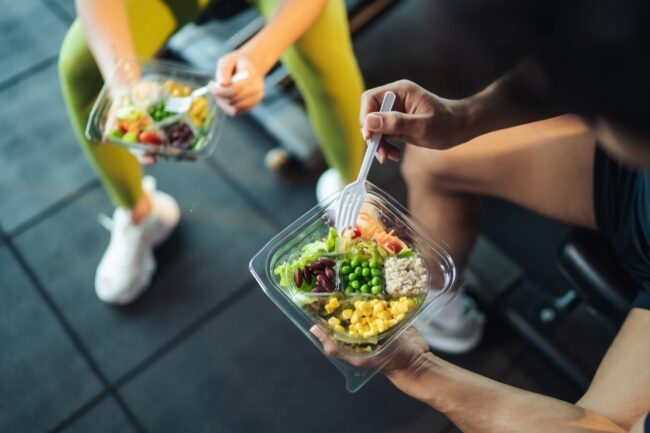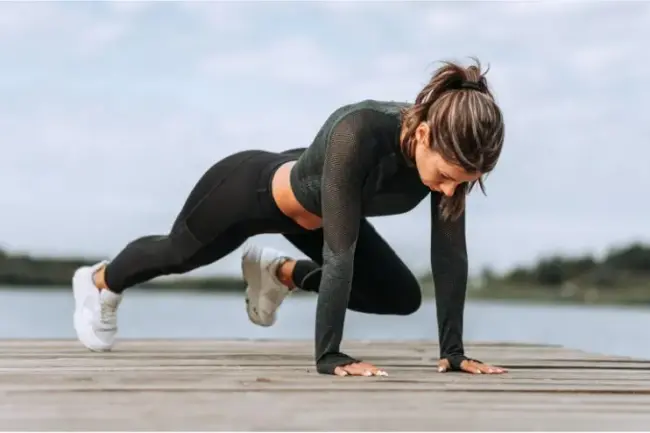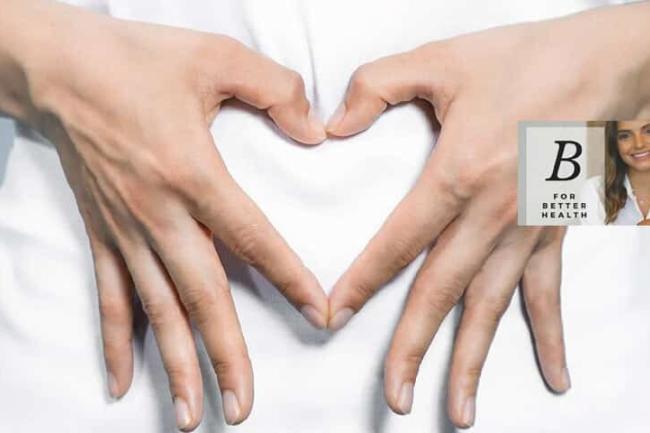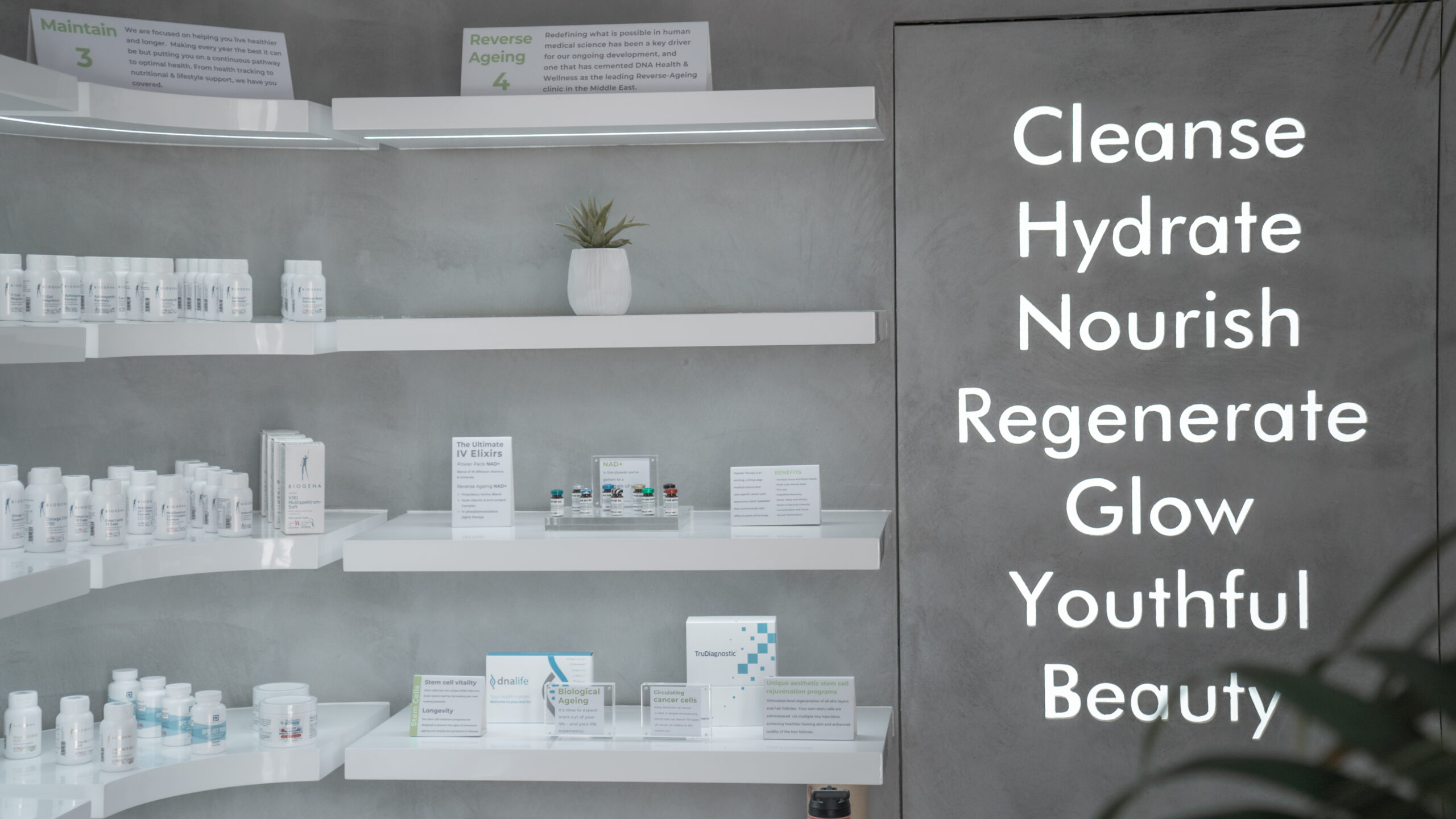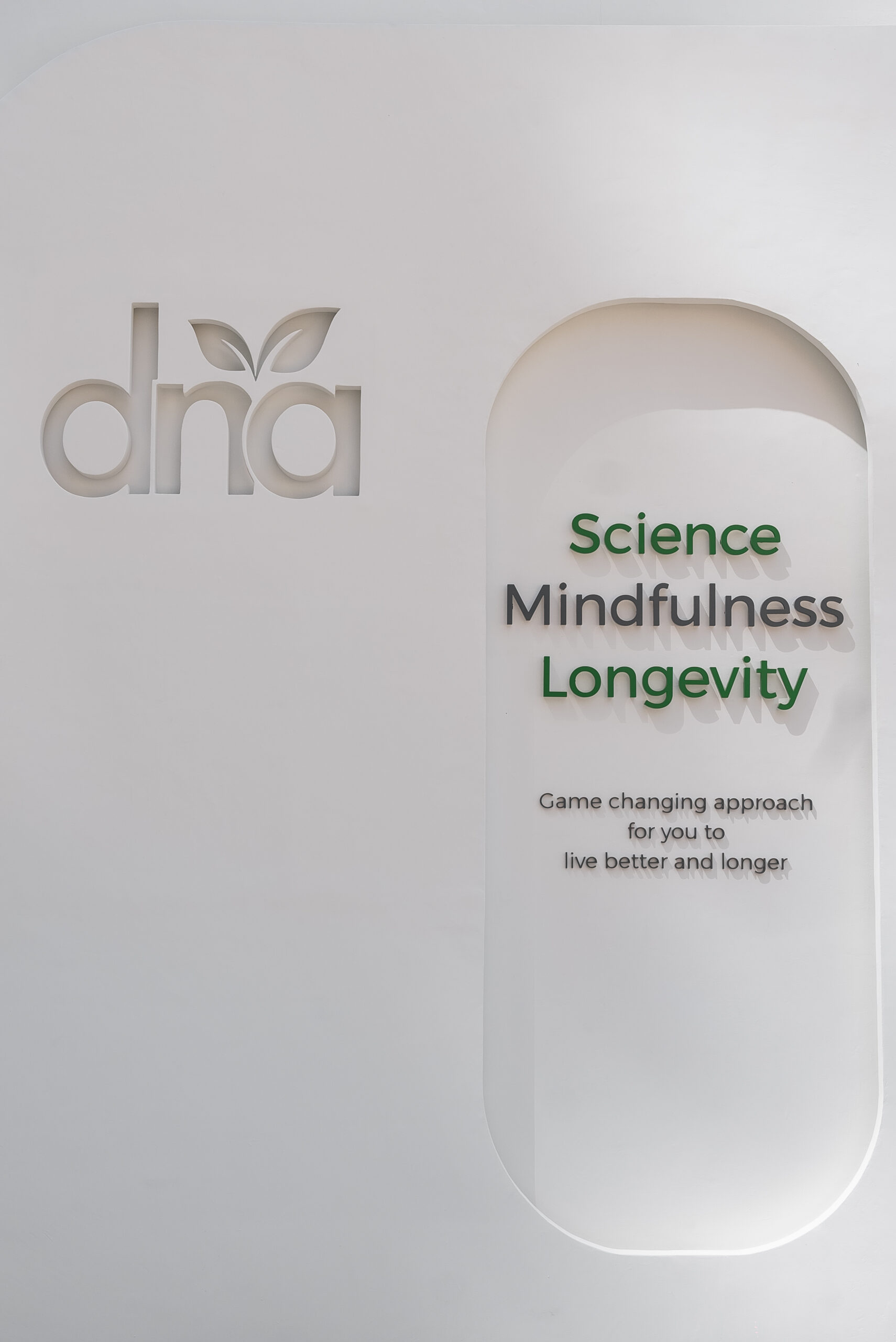When my son was born two years ago, I wanted to protect his delicate fair skin from the sun’s harsh rays, but didn’t want to smother him in sunscreen containing chemicals I knew little about. My priority was, and still is, to limit his sun exposure, and when that isn’t possible, cover his skin and use sunscreen containing minerals, believing it to be more ‘natural’.
It turns out my preference for mineral, or physical, sunscreen may prove to be the better choice.
In May the United States-based Environmental Working Group released its 2019 Guide to Sunscreens, with some alarming findings. Thirteen years into its annual study of the subject, which looked at 1,300 products on the market, the group found that 60 per cent of them “offer inferior protection or contained worrisome ingredients”.
According to EWG’s Healthy Living Science program’s director, Nneka Leiba, that means the US Food and Drug Administration (FDA) doesn’t have enough toxicology data to say whether they are safe or effective.
Two commonly used mineral ingredients, zinc oxide and titanium dioxide, are so far the only ingredients ‘generally recognized as safe and effective’ by the FDA.
In February 2019, the FDA asked for more information on the safety of 12 ingredients (see below for a complete list) commonly found in chemical sunscreen. While the FDA has not labelled these ingredients safe and effective, it has not said they are unsafe either, and has advised people to continue using them as part of an overall sun-protection plan.
The FDA is seeking more information about the extent to which the skin absorbs these ingredients and the effect that may have on the skin or body. They also created a proposal for new sunscreen regulations, aligned with what the EWG has been recommending, says Lieba.
“The fact that 12 of the active ingredients we use almost every day don’t have enough toxicology data is appalling,” she told Men’s Health magazine.
Also worrying is a study published in the journal JAMA, also in May, found traces of chemicals from sunscreen in the blood of people who applied it four times a day for four days.
Chemical versus mineral sunscreen
There are two types of sunscreen and they work in different ways. Physical, or mineral-based, sunscreen works by creating a barrier on the skin to block the sun’s rays, while chemical sunscreen penetrates the skin and absorbs the UV. Physical sunscreens can be thick, sticky, harder to apply and tend to leave a white film on the skin, while chemical sunscreens are lightweight, less greasy and more common.
Dr Nasr Al-Jafari, medical director at DNA Health, a functional health and wellness clinic in Dubai, explains that many of the ingredients in sunscreens were introduced without any review of the potential hazards associated with their use.
“For the majority of products which typically use a combination of chemical ingredients – oxybenzone, avobenzone, octisalate, octocrylene, homosalate and octinoxate – there is limited data characterizing their absorption and not enough information to determine if they are safe. The same applies to some of the non-active ingredients, which typically make up 50 to 70 percent of sunscreen,” Dr Al-Jafari says.
“Until now, research has revealed that some of these chemicals commonly used in sunscreen can cause skin allergies and may be endocrine disruptors, interfering with many bodily processes.”
Dr Mahaveer Mehta, dermatologist and medical director at Dr Mahaveer Mehta Medical Center in Dubai, says the skin is the largest organ in the body and many people are surprised by how much product is absorbed topically.
“Generous and wide use of these chemicals on the skin may potentially lead to side effects, such as hormone imbalance, skin damage, allergy or irritation. In addition, if the formula or product is not effective, then the body is unnecessarily exposed to UV rays, leading to more free radical damage unknowingly.”
How much sunscreen is too much?
It is unclear how much sunscreen could cause a reaction or harmful effect. Some dermatologists called for a subdued reaction to the JAMA study, ]pointing out that it was conducted using a very small sample — just six people. The amount of sunscreen applied was optimal and the cutoff point for measuring levels was very low, they argued.
And according to Dr Nas Al Jafari, much more research is needed to conclude anything about what to use.
“Much of the hazard data is generated from animal studies and very few have looked at the dose-dependent responses, therefore it is difficult to determine the human health implications and if any thresholds for safe usage exist,” he says. “That being said, most experts conclude that more sensitive tests are needed to determine whether sunscreen chemical ingredients pose risks to frequent users.”
For now, Dubai resident Ellie Pratt isn’t taking any chances when it comes to preventing sunburn and skin cancer.
“I am on immunomodulating drugs and so am potentially at a higher risk of skin lesions,” she explains. “Also, the adverse effects of the drugs used to treat melanoma can be devastating and potentially fatal, so I’d rather stick with the chemicals in sunscreen.”
Despite being sensitive to certain ingredients, she prefers chemical sunscreens for several reasons.
“I use it primarily on my face, so if it’s super thick or greasy then it’s uncomfortable and also tends to make me break out,” she says.
Dubai mum of three Kylie Farxad prefers to play it safe with natural ingredients, but finds the labels are not always easy to interpret.
“I look for a clean ingredient list of natural origins and I Google any names I’m not sure of. I used to use the Chemical Maze app, too,” Farxad says. “Many ‘natural’ or kids-specific products aren’t necessarily made of safe ingredients and the marketing has to be cut through to look at the ingredients specifically. My rule of thumb is the fewer ingredients the better.”
Farxad dresses her children in long-sleeved rash vests for swimming with mineral sunscreen on their faces, ears and neck.
“I am Muslim and cover, so I wear a burkini when in water and use these sunscreens on my hands and face,” she says.
How not to get burned
Minimizing the risk of sunburn is still recognized as the most important factor in reducing the likelihood of skin cancer — and that means sun-goers are warned against relying solely on sunscreen for protection.
“In the general population, there is a strong correlation between melanoma risk and the number of sunburns a person has had, particularly during childhood,” Dr Al Jafari says. “The theory is that people who use sunscreen are more likely to stay in the sun longer and have a higher propensity to burn. Similarly, despite many sunscreens having a high SPF, misleadingly this does not equate to a cancer-reducing effect; only their ability to prevent sunburn by blocking UVB rays. Some UVB exposure is actually thought to be protective, hence why studies have shown lower melanoma rates in outdoor versus indoor workers. Puzzlingly also, melanomas do not tend to occur on parts of the body that get regular exposure.”
Exposure to UVA light is also damaging, but unlike UVB, UVA can penetrate glass windows and does not cause sunburn, so the damage can go unnoticed for years.
“UVA light makes up 95 percent of UV radiation and many sunscreens only have limited protection against it,” says Dr Al Jafari. “Despite the lower energy [non-burning] UVA, the deeper penetrating radiation is also cancer inducing.”
It may seem like a no-win situation – wear sunscreen daily to protect against skin cancer and risk hormone disruption and skin allergies, or skip sunscreen and risk skin cancer. While the jury is out on the implications of long-term chemical sunscreen use, Dr Mehta says he has seen more cases of sun damage and skin cancer caused by excessive sun exposure than side effects from sunscreening agents.
“Cancer can be life-threatening if not treated on time, so prevention of skin cancer, early diagnosis and prompt treatment is a priority,” he says.
How to minimize the risk of sun damage
So, what can we do to minimize our risk of skin cancer and exposure to potentially harmful ingredients in sunscreen?
“For now, the mineral-based sunscreens appear to be safe and offer a broader spectrum of UV filtering effect,” Dr Al-Jafari says. “Given the limitations of sunscreens, people should consider these products as just one element of a sun-protection strategy that prioritises seeking out shade, wearing protective clothing and hats, and planning outdoor activities around the time of day. Furthermore, the evidence suggests that obtaining regular and graded exposure to sunlight, while avoiding burning, is protective against skin cancer.”
In addition, Dr Mehta also recommends the use of good quality sunglasses, wearing dark-coloured clothing when in the sun and using an umbrella. He also suggests UV repellent detergents for clothing and “if you can, avoid sun exposure between 11am and 3pm when the sun is quite harmful in the UAE”.
Doing your own research is important, as is staying up to date with current information. “A reliable resource to reference is the Environmental Working Group’s guide to sunscreens, which has independently tested and ranked a majority of sunscreen products on the market for their chemical profile and UV-filtering effects,” Dr Al-Jafari says.
For now, I’ll continue to shelter my red-haired, fair-skinned toddler from the sun and plaster him in sticky, white mineral sunscreen when we’re out and about. The experts may be undecided, but I’m not taking any chances.
Editor’s note: The 12 ingredients are oxybenzone, avobenzone, octisalate, homosalate, octocrylene, octinoxate, ensulizole, cinoxate, dioxybenzone, meradimate, padimate O and sulisobenzone.
